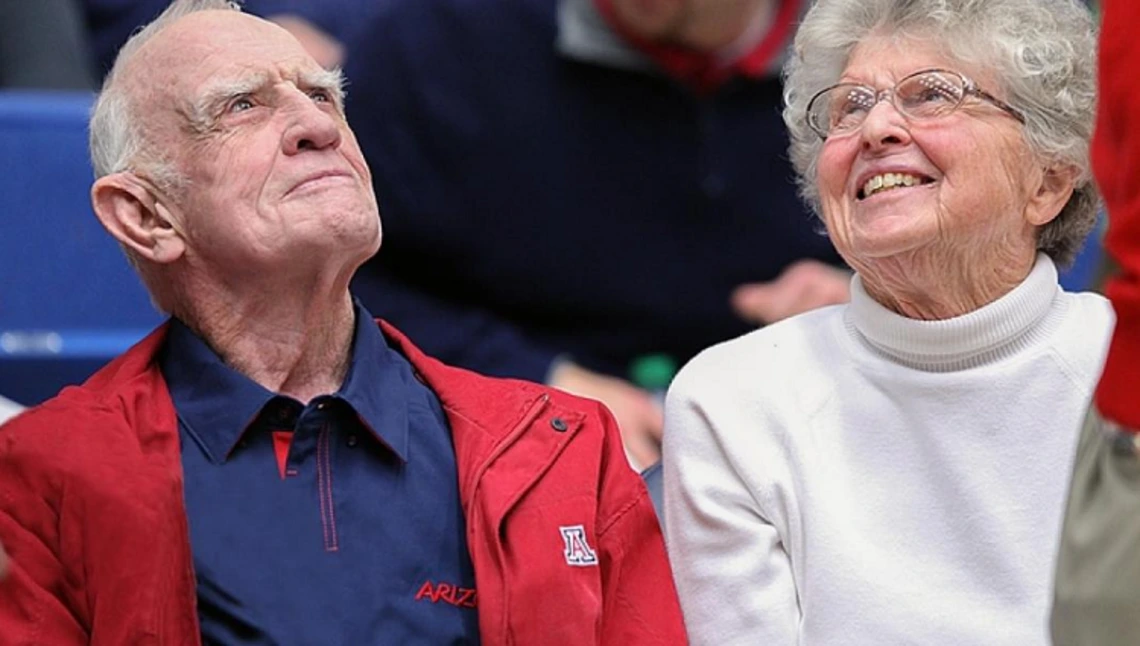MGE Mourns Loss of J. David Lowell

Lowell is an esteemed name around MGE, representing not only mining, but philanthropy, innovation and business prowess. University of Arizona alumnus and advocate J. David Lowell, who named the Lowell Institute for Mineral Resources and co-named the Lowell-Stevens Football Facility, recently passed at the age of 92. Lowell is considered one of the mining industry's most successful entrepreneurs, and his generous gifts have greatly expanded educational opportunities and helped the University of Arizona remain competitive with other Pac-12 teams.
"David achieved tremendous professional success and chose to give back to the University of Arizona at a level that is nothing short of inspirational. The university will proudly carry on the enduring impact of his legacy for many generations to come. The University of Arizona has lost a great friend and an extraordinarily accomplished alumnus," said UA President Robert C. Robbins.
The Lowells' major gifts include establishment of the Lowell Institute, which serves as a catalyst for mining innovation, housed in the College of Science. They also created an endowed chair in geosciences in the College of Science. Together with Jeff and Sharon Stevens and other donors, the couple helped make the Lowell-Stevens Football Facility a reality in 2013. Most recently, they created an endowed chair to support the head of MGE. Moe Momayez, associate professor and interim department head, is the first to hold the title.
Lowell, who played football at the University of Arizona, earned a bachelor's degree in mining engineering in 1949 and a professional engineer degree 10 years later. He also earned a master's degree in geology from Stanford University. In 2000, The university awarded Lowell an honorary doctorate in geosciences.
"I'd decided to be a mining engineer as a child and never wavered," Lowell wrote in an Arizona Alumni Magazine article in 2013.
Lowell is credited with discovering the world's largest copper deposit, Escondida in Chile, as well as nine additional mines throughout Arizona and South America. He found several more with contributions from others. Most career explorationists never discover one viable mine.
